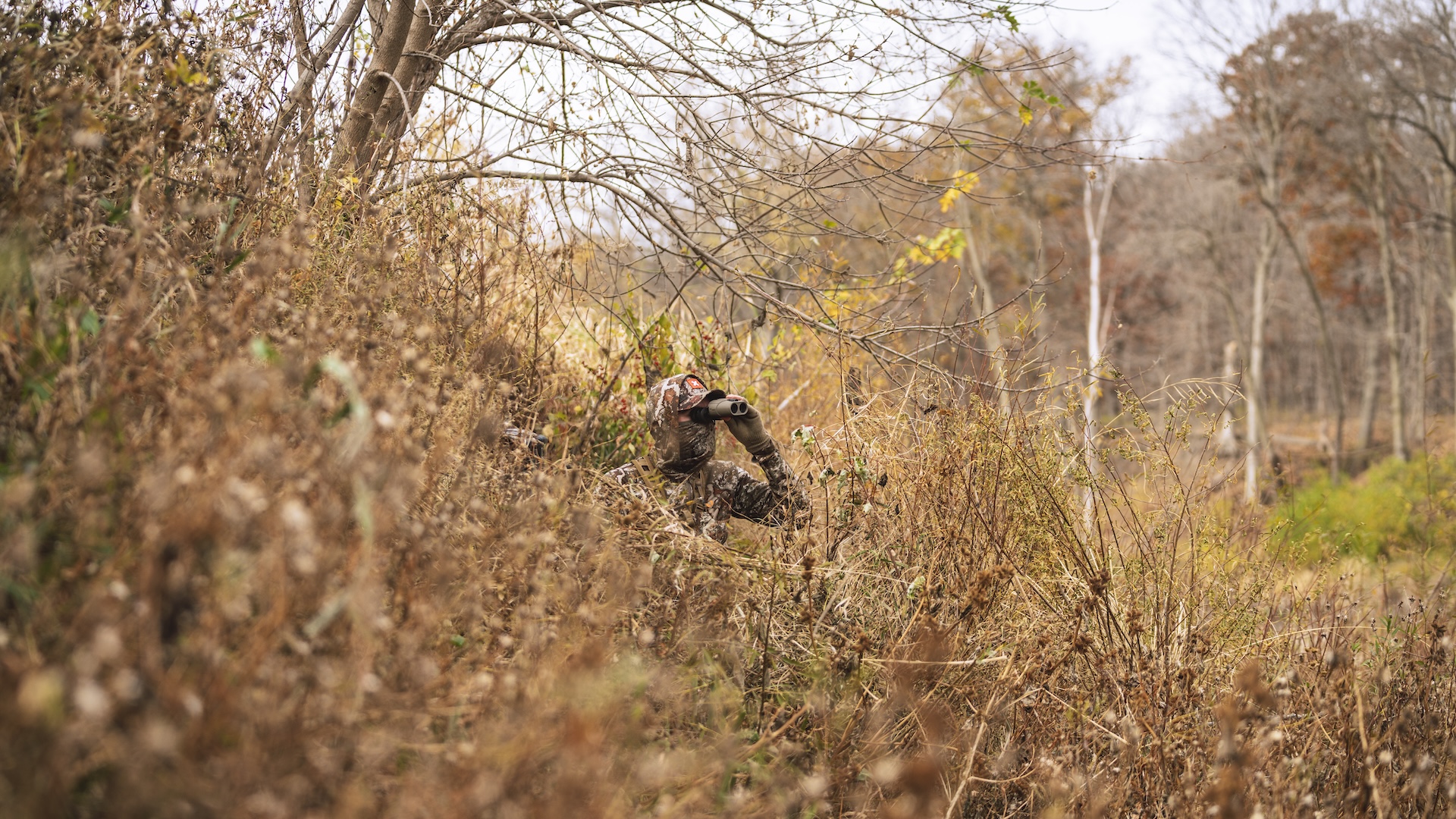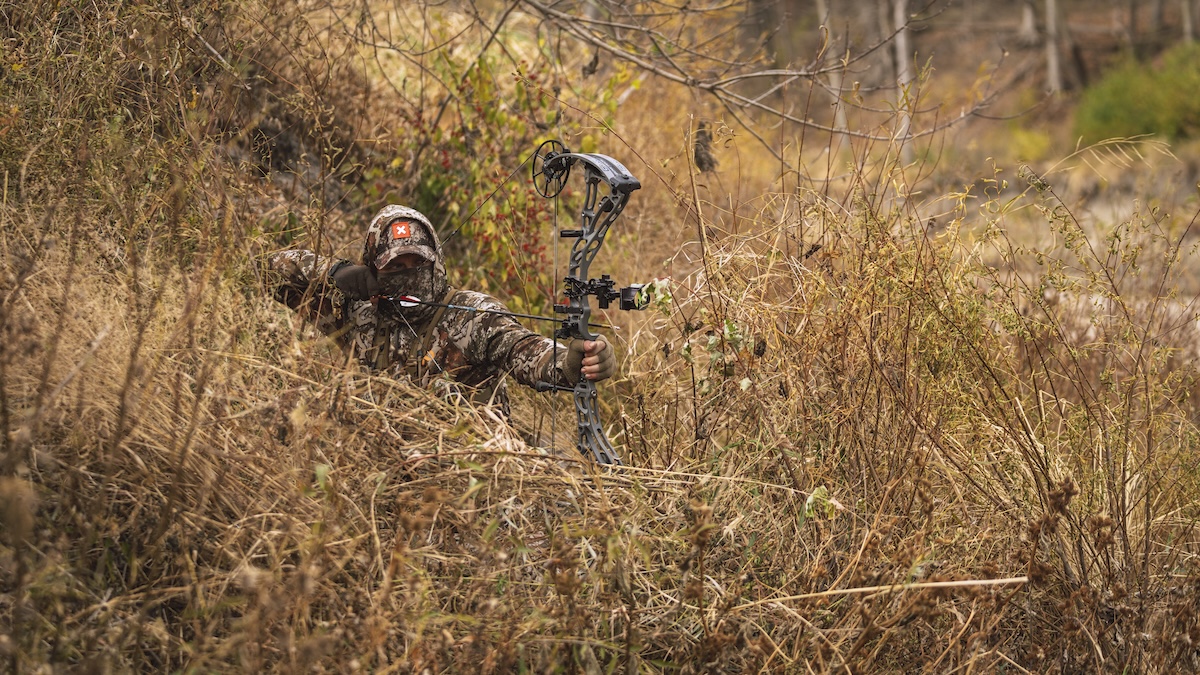One of the big trends in whitetail hunting is box blinds. What was once a Texas anomaly has spread across the whitetail’s range in a major way during the last decade. This is a great move if it fits your style and your budget.
The other end of the spectrum is the mobile craze, with its saddles and featherweight stands and sticks. I’m a big proponent of embracing as many options as possible, because you never know what you might need to be successful when the conditions change, or you pick up a new spot, lose an old standby property, or head out of state for some adventure.
One tactic that doesn’t get a whole lot of love, probably because it doesn’t sell any hunting products, is natural ground blinds. I arrow at least a couple of deer a year this way, and often, they are decent bucks on public land. This is no coincidence, but a lot of folks don’t quite understand how to make this strategy work.
Forget The Big Views
If you need to see a lot or you get bored super fast, don’t bother with most natural ground blinds. This is a tactic to kill from, not to see tons of deer. The idea is to hunt a spot that isn’t conducive to an elevated setup, which means you have to put yourself close to the action at ground level.
There are certain natural ground blind situations where you might be able to see plenty. I found one of these in Iowa on public land this fall, but only because I was posted up on a river crossing. Field edges and a few other open spots will let you see pretty well, even if you’re tucked deep into the thick stuff.
But the truth is, this is a great way to hunt tight cover where you have one good shot. That’s about it. Plan around where you think the highest likelihood shot is, and then prepare to listen more than you look. The opportunity for them to get you before it’s time to draw is real, but there is a way to hedge this bet in your favor.

Cover Up, For Real
If you shotgun hunt turkeys, you can get away with sitting against a tree and blasting them when they cross the 40-yard mark. Try that trick with whitetails and archery tackle, and you’ll fail almost every time.
Deer have at least a couple million years of predation from ground level in their rearview mirror. They notice things on the ground, especially things that are out of place and potentially moving. The first thing you need to do if you sit on the ground is brush yourself in.
Depth and shadows are your friends. You need cover in front and behind you. You need cover between you and wherever you expect the deer to come from. A good rule to follow is that when you think you’re covered up well enough, double it. Think about it from the perspective of how well you can hide generally and then how well covered you’ll be when it’s time to shift into position and draw.

Pay Attention
In early November I sat with one of my daughters in a natural ground blind on public land in northern Wisconsin. We had found a serious concentration of buck sign on an old logging road and had posted up to shoot a scrape.
Everything went according to plan, except that we got distracted by a doe fawn wandering through and didn’t realize that a 130-inch deer was at 40 yards and closing fast. He saw us, and that was that.
This style of hunting offers you a real advantage, which is to catch deer off guard in a spot they don’t expect you. The disadvantage is that you have to pay attention and stay ready, because they have zero tolerance for danger at their level.
Again, this is the opposite of box-blind hunting. You are exposed to the whitetail’s world in a way that just leaves you extremely vulnerable to detection. Sure, you can play the wind really well with natural blinds, and you can brush them in perfectly, but you have to move at some point. You have to look around, and hopefully draw your bow, and those movements are dangerous.
The best way to make sure you can get away with them is to have as much lead time as possible. When you’re set up to shoot them walking down a trail, that might be just a few seconds, but those few seconds can be a difference-maker. It’s hard to stay focused for hours on end, but if the conditions are wet or windy, you just have to. Otherwise, it’s highly likely you’ll get caught off guard, and that’s when the panic sets in and mistakes happen.
If you want to save some serious money on hunting gear, check out our Black Friday sale right here.
Read the full article here

